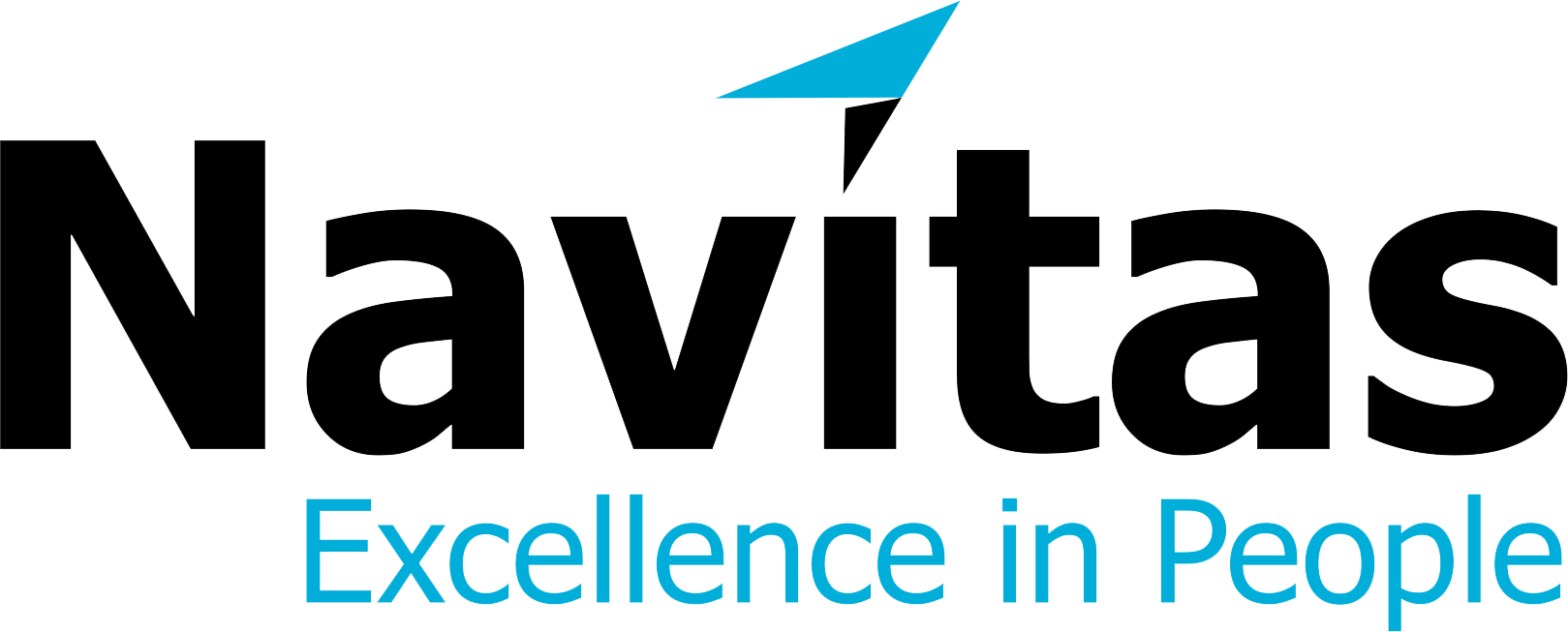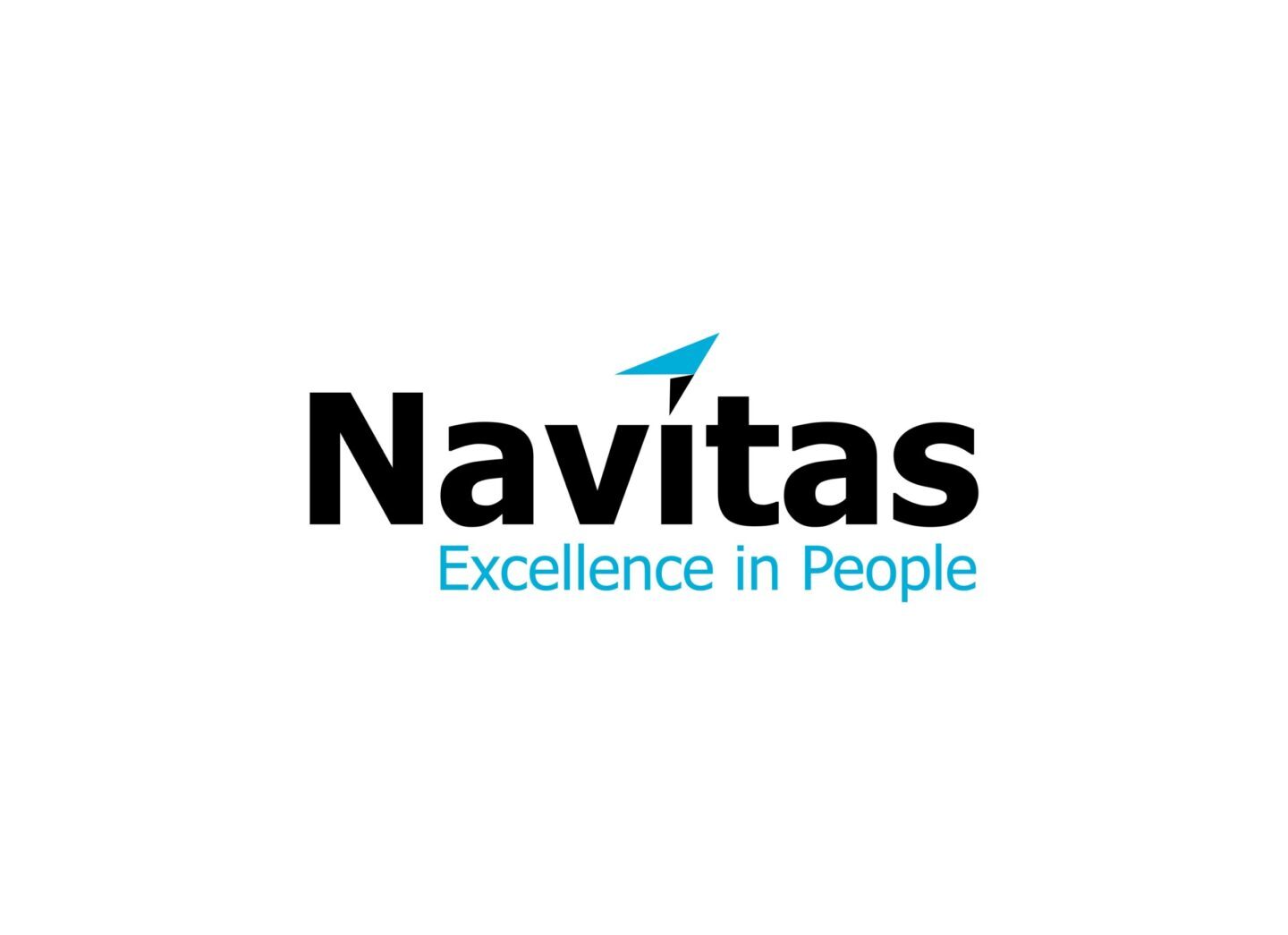With the COVID-19 outbreak last year, companies found themselves adopting to a work-from-home model. Although people are slowly going back to their workplaces, the remote work or some type of flexible work model may be here to stay.
According to Global Workforce Analytics, 56% of the U.S. workforce can feasibly work from home. Moreover, 25-30% of the workforce will work from home by the end of 2021.
Without question, this model offers notable benefits to companies and their employees.
- Organizations can reduce real estate and utility costs, hire and perhaps even enjoy productivity gains.
- Workers get geographic flexibility, reducing commutes, and report better work/life balance.
When working remotely, different employees have different living conditions. For instance, working women are expected to balance home and work life, generational mindsets want access to health facilities but will vary depending on internet facilities and geographical locations, and many employees may want a dedicated and quiet space for employees to focus on their work, and so on, while remote.
Thus, people in leadership positions now are forced to review their business models and figure out ways to bridge these gaps, and be adopt to flexible and/or remote work models to keep happy and productive employees.




